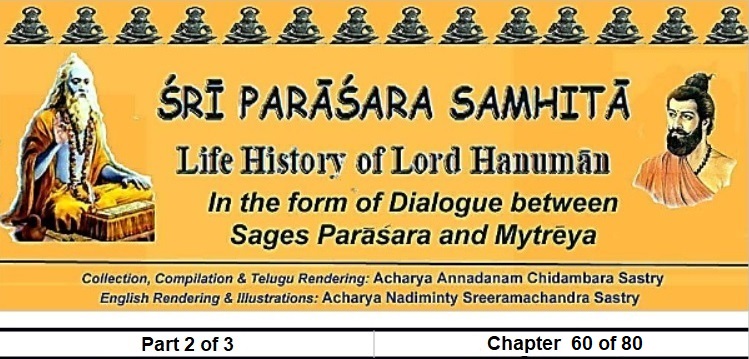
60th Chapter (Şaşţitama Paţalah)
“The Story of the Incarnation”
(Avatārakathanam)
खड्गं खट्वांगशैलद्रुमपरशुगदापुस्तकं शंखचक्रे
पाशं पद्मं त्रिशूलंहलमुसलघटाटंकशक्त्यक्षमालाः
दण्डं वा कुंतचर्माचलितकुशवरान्पट्टिशं चापबाणान्
खेटं मुष्टिं फलं वा डमरुमभिभजे बिभ्रतं वायुसूनुम्।। 1
Invocation
I am reverentially serving Hanumān, the son of Wind God, holding a sword, a leg of an wooden cot (khatwanga), a mountain, a tree, an axe, a mase, a book, conch and wheel, a rope lasso (pńśa), a lotus, a trident, a plough, a pounding pole (musala), an earthen pot, a chisel, power (śakti), rosary, stick or a throwing weapon (javelin), skin or hide of animal, a bundle of sacteddharba grass (Desmotachya bipinnata), a dagger, a bow and arrows, a protecting disc, a clenched fist, a fruit and a small hand drum (dhamaruka). (1)
शक्तिं पाशं च कुन्तं परशुमपि हलं तोमरं खेटकं वा
शंखं चक्रं त्रिशूलं मुसलमसि गदाः पट्टिशं मुद्गरं च
गांडीवं चर्मपद्मद्विनदभुजवरेैः खड्गमप्यादधानम्
वन्दे हं वायुसूनुं सुररिपुमथनं भक्तरक्षासुदक्षम्।। 2
I worship Hanumān, the son of Wind God holding power (śakti), rope lasso, sharp throwing weapon (stick), axe, plough, whip, protecting disc, conch, wheel, trident, pounding pole, mace, dagger, club or mallet, bow, animal skins, sword in His great eighteen shoulders, killer of demons and an expert in saving devotees. (2)
श्रीमैत्रये:
अवताराः कथं ब्रह्मन् कति नामानि मारुतेः
गुणाश्च कतिसंख्याका भक्तदुखाब्धितारकाः।। 3
ŚrīMytrēya:
Oh! Greatest among Brāhmins! How Hanumān’s incarnations (avtārs) came about? How many names does Māruti (son of Wind God) have? How many features does He have for helping the devotees cross the ocean of sorrow? (3)
के वा वताराः भक्तानां उपास्याः फलदायकाः
वृत्तिश्च कीदष्षी तस्य सर्वं वद पराशर।। 4
Which incarnations are worth worshipping by being capable of giving fruits/results to the devotees? What is the nature of that Hanumān? Oh! Sage Parāśara! Tell me everything. (4)
श्रीपराशरः
गुणावतारनामानि सुबहूनि हनूमतः
ब्रह्मांडवदनंतानि विद्धि मैत्रेय तत्त्वतः।। 5
ŚrīParaāśara:
The 9 Hanumān Incarnations
Oh! Mytrēya! Hanumān has many features, incarnations and names. From philosophical point of view (tatvaroopam) know him as the very Universe (brahmānda). (5)
अनन्तेष्ववतारेषुनवैवोपास्तिगोचराः
आद्यः प्रसन्नहनुमान् द्वितीयो वीरमारुतिः।। 6
Among His very many incarnations, only nine are to be worshipped. First amongst these is the Prasannāńjanēya (The Pleasant or Happy Hanumān), While the second is the Veerāńjanēya (The Heroic or Valorous Hanumān). (6)
तृतीयो विंशतिभुजः चतुर्थः पव्म्चवक्त्रकः
पव्म्चमो ष्टादशभुजः शरण्यस्सर्वदेहिनाम्।। 7
The third is the form with 20 shoulders/hands (vimsatibhujaĀńjanēya), fourth is the Pańcmukhāńjanēya (The Five-Faced Hanumān), the fifth is the one with 18 shoulders/hands (Aşţādaśabhujāńjanēya) that are auspicious refuge to devotees. (7)
सुवर्चलापतिष्षष्ठः सप्तमस्तु चतुर्भुजः
अष्टमः कथितः श्रीमान् द्वांत्रिशद्भुजमण्डलः।। 8
It was told that the sixth form is that of the husband of Suvarcchala, the seventh is the one with 4 shoulders/hands, the eighth is the form with 32 shoulders/hands (dwātrinśadbhuja). (8)
नवमो वानराकार इत्येवं नवरूपघृत्।। 9
The ninth is the Monkey form (Vānarākāra). In this way, Hanumān is being worshipped bearing nine Forms/incarnations. (9)
अत्रैवोदाहरंतीमं इतिहासं पुरातनम्
यस्य श्रवणमात्रेण जन्तुर्जन्मफलं लभेत्।। 10
This was told so in ancient history (itihāsa = it happened so). By hearing this, the life one becomes meaningful. (10)
पुरा ब्रह्मा महोत्साहश्चतुर्मुख इति श्रुतः
मारुतिं विंशतिभुजं उपास्यापि प्रजापतिः।। 11
Worshippers of Different Forms
Once upon a time, the Four-Faced Creator Brahma worshipped the 20-Shouldered Hanumān enthusiastically and became the Ptajāpati (self-created lord of creatures). (11)
कपिलस्तु महातेजाः कपिलो वेदपारगः
चतुर्भुजहनूमन्तमुपास्यापि विमुक्तिदः।। 12
Kapila seer, the very bright learner of all the Vēdas, once worshipped the Four-Shouldered Hanumān and became an achiever of worldly and other-worldly things. (This is described in Chapter or Paţala 20). (12)
विजयस्तु महाशूरः क्षत्रियो लोकपालकः
प्रसन्नहनुमद्ध्यानात्संसाराब्धिमतीतरत्।। 13
Vijaya, the great warrior, of a princely class and a ruler worshipped upon Prasannāńjanēya and crossed the ocean of this mundane worls. (This is described in the 5th Chapter or Paţala). (13)
विभीषणसुतो नीलः सततं साधुपूजितः
पव्म्चवक्त्रहनूमन्तमुपास्यासीत्समृष्द्धिभाक्।। 14
Neela, i.e., Vibheeşaņa, the One always worshipped by the gentle (sādhu) people, worshipped the Five-Faced Hanumān and earned everything in plenty. (This is described in th 15th Chapter or Paţala). (14)
उपास्य वानराकारं गालो नाम वनेचरः
प्राप्तवान् परमां सिद्धिमारोग्यप्रमुखामपि।। 15
A forest dweller named Gāla worshipped the Monkey Form of Hanumān and got great health and the ultimate best achievement (siddhi). (This episode is decribed in the 11th Chapter or Paţala). (15)
ध्वजदत्तस्तु विप्रेन्द्रः सर्वशस्त्रविशारदः
सुवर्चलाहनूमन्तमुपास्य धनिको भवत्।। 16
A very learned Brahmin Dhwajadatta worshipped Suvarcchalāńjanēya and became rich. (This story was described in the 9th Chapter or Paţala). (16)
मैंदो वेदविदां श्रेष्ठः ध्यात्या वै वीरमारुतिं
तीर्णो नौकां सरिन्मध्ये बहुच्छिद्रां सविस्मयम्।। 17
The best scholar of Vēdas, Mainda meditated upon Veerahanumān and was reached to the other side of the river, surprisingly, in a boat with many holes. (This episode is described in the 30th Chapter or Paţala). (17)
राज्यभ्रष्टगताशङ्को भूयो राज्यमवाप ह
सोमदत्तो महाराजो द्वात्रिंशद्भुजमारुतेः।। 18
An emperor named Sōmadatta, frightened as he was driven out of his kingdom, got back his kingdom by worshipping 32 shouldered Hanumān. (This episode was described in the 4th Chapter). (18)
उपास्या ष्टौदशभुजं हनूमन्तं महाप्रभुम्
लेभे परमलाभत्वं दुर्वासा लोकविश्रुतः।। 19
Seer Doorwāsa worshipped the 18-shouldered great lord Hanumān, like a miser, he drank the whole sea and became renowned. (19)
एवं ब्रह्मर्षयो प्यन्ये तथा राजर्षयः परे
उपास्य नवरूपाणि लेभिरे स्वान्मनोरथान्।। 20
Having worshipped Hanumān in different manners, other great seers, as well as kings, had their wishes fulfilled. (20)
द्वयी हनूमतो भक्तिस्समन्ताद्भक्तरक्षणा
शिष्टानां पालनं ह्याद्यं द्वितीयं दुष्टमर्दनम्।। 21
Hanumān’s intensity of bestowing goodness on the devotees is equally proportional to the devotion of the devotees. The first of the Hanumān’s two main works is – protection of the devotees and the second, destruction of evil individuals. (21)
अन्यद्रहस्यं वक्ष्यामि लोकानामुपकारकम्
सर्वेषामेव मन्त्राणामङ्गान्याहुश्च षोडश।। 22
Components of Mantras
I am telling another special fact that is good and helpful to the worlds. It is told that all the mantras possess 16 parts (ańga). (22)
कीलकं शक्तिबीजं च ध्यानं मुद्रा ऋषिस्तथा
छन्दो दैवतसंध्याश्च तर्पणं हवनं तथा
स्तरणमानसन्यासपुरश्चरणपल्लवाः।। 23
They are 1) Keelakam (key), 2) Śakti (power), 3) Beejam (root or base), 4) Dhyānam (meditation), 5) Mudrani (hand/finger gesticulations), 6) Ŗşi (presiding Seer), 7) Chandass (metre of the mantra), 8) Daivam (God/Lord, presiding deity), 9) Sandhyani (morning, mid-day and evening prayers), 10) Tarpaņa (ritualistic pouring of pure water), 11) Hōmam (fire ritual), 12) Astaraņam (spread or coverage), 13) Āsanam (correct sitting posture), 14) Nyāsa (tantric, touching of specific locations on the bod parts), 15) Puraścaraņa (preparatory repetitive rites for the mantras), 15) Pallavam (shoots or branches). (23)
पुनर्विशेषं वक्ष्यामि लोकानां जातकाम्यया
यस्य श्रवणमात्रेण जनस्सद्यस्सुखी भवेत्।। 24
Another Powerful Mantra
For benefiting this world, I am telling another special fact. By just listening to this, one becomes happy. (24)
शृड्खलाबन्धमोक्षार्थी मन्त्रमेवं पठेद्बुधः
सद्यो विमोक्षणं तस्य भवत्येव न संशयः।। 25
On reciting this mantra, a good person, bound by chains will be free from the binding. (25)
त्रिधा मन्त्रं वदेत्पूर्वं तथैवांते त्रिधा पुनः
सकृत्साध्यं भवेन्मध्ये तद्विद्यात्सर्वतोभृशम्।। 26
First, the mantra has to be recited thrice. Again, at the end of the ritual one has to recite it thrice. Reciting it somewhere in the middle will make it most potential. (26)
सर्वोपसर्गशमनं महामृत्युनिवारणम्
सर्वसौभाग्यजननं मृतानाममृतप्रदम्।। 27
It can remove all the dangers, it is a great remover of death, it gives all types of wealth and acts as a life giving nectar (amŗta). (27)
आदौ चान्ते तथा मन्त्रं द्विवारं संप्रयोजयेत्
साध्यनाम सकृन्मध्ये गर्भस्थं च तदुच्यते।। 28
The mantra has to be used by reciting twice at the beginning and at the end. Sometimes recite it during the intervening period. (28)
मारणोच्चाटनंवश्यं प्रयुक्तं कामये नृणाम्
गतिर्जिह्ना गर्भबुद्धिः पादयोः स्तम्भनं मतम्।। 29
It is told for those desirous of killing (māraņam), removal (ucchāţan), bringing under control (vaśyam) of evil persons in whom arrest of movement (gati) of toungue (jihva), inwards (garbha), intelligence (buddhi) and for stopping feet (pādastambhana) are to be desired. (29)
नमो स्तु ते वायुसुताव्म्जनेय!
नमो स्तु ते श्रीहनुमन्महाप्रभो!
नमो स्तु ते वानरवीर नित्यं
नमाे स्तु ते राघवमुख्यभक्त! 30
‘Oh! Son of Wind God! Hanumān! Reverent salutations to You. Oh! Lord Hanumān! Salutations to You great Monkey Worrier. Salutations to you at all timee’. (30)
अन्यं विशेषं वक्ष्यामि शृणु मैत्रेय तत्त्वतः
महतामेव मन्त्राणां केषांचिन्मतभेदतः।। 31
Oh! Mytrēya! I am telling you another important thing. Listen with alertness. According to certain differences among the great mantras – (31)
आद्यमेवाक्षरं बीजं मध्यस्थं कीलकं भवेत्
अन्त्यपदं तु शक्तिस्स्यादिति मन्त्रविदो विदुः।। 32
The first letter is always the root (beejam). The middle letter is the key (keelakam). The last word would be the power (śakti). That is what mantra practitioners tell. (32)
अन्येषां चैव मन्त्राणां बहिर्भूताक्षराणि च
भवन्ति भूयो विज्ञेयाः बीजकीलकशक्तयः।। 33
Know that, for some other mantras, letters not contained in the mantra, but letters from outside stand as beejam, keelakam and śakti. (33)
आचार्यस्या पि शिष्यस्य सूर्यचन्द्रोपरागयोः
मंत्रोपदेशे दारिद्र्यं भवेत्सप्तसु जन्मसु।। 34
If the mantras are imparted during eclipse of sun or moon, both the imparting Guru and the learning pupil (śişya), will suffer indigence for six births. (34)
सप्तकोटिमहामन्त्रविषये यं निषेधभाक्
शाबराणां तु मंत्राणां ग्रहणे न निषिद्धता।। 35
This fact of objection is common to all the 70 million great mantras. This, eclipse ban, does not apply to forest folklore (śābara) mantras. (35)
न कालनियमस्तत्र न देशनियमो पि वा।
शबरेष्वेब मन्त्रेष्विति शतातपो ब्रवीत्।। 36
Śātātapa (an authority on the subject) said that neither time restriction nor place restrictions apply to Śābaramantras. (36)
ऋषिः छन्दांसि मन्त्राणांयेषांस्फुटतराणि न
ऋषिस्तेषां भवेद्ब्रह्मा गायत्री छंद इष्यते।। 37
They do not have clear and specific seer (ŗşi) or metre (chandas). It was told that, for them, Brahma as theŗşi andGāyatti as the chandas (in general). (37)
![]()
इति श्रीपराशरसंहितायां श्रीपराशरमैत्रेयसंवादे अवतारकथनं नाम षष्टिठतमःपटलः
Thus ends the 60th Chapter “The Story of the Incarnation”

Click here to visit the Contents of the Part 2.
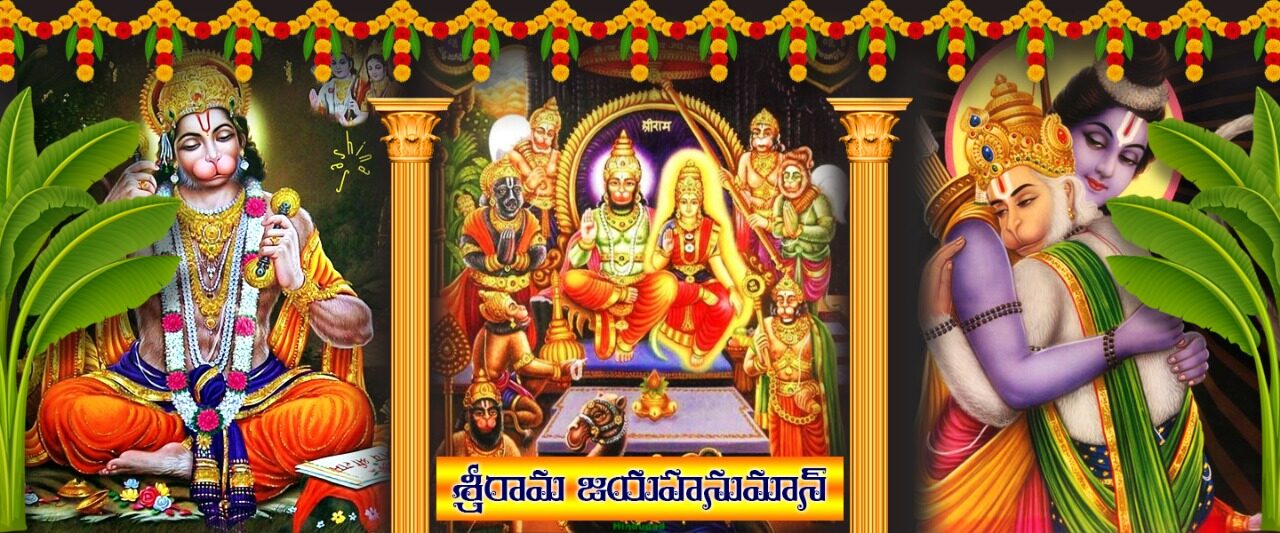
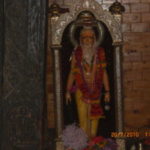
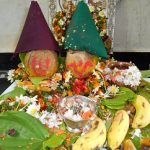
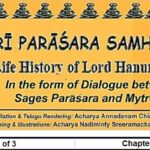
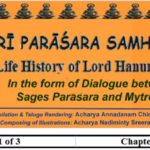
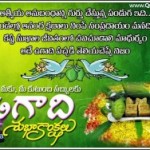

Be First to Comment